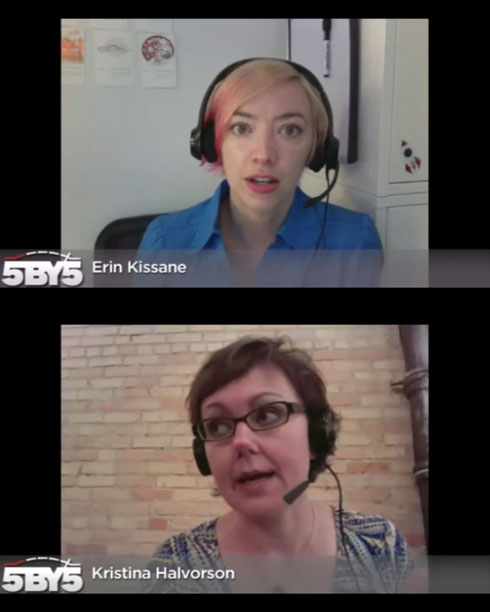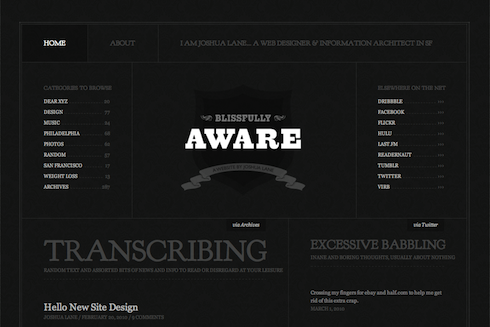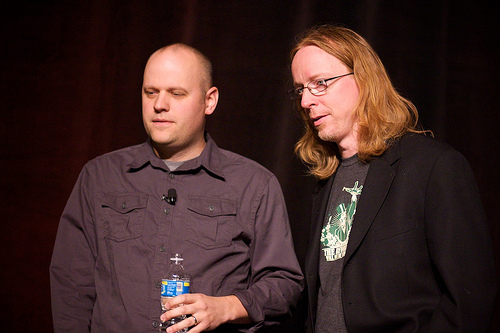
Morning finds me bound by train for Boston, capital of Massachusetts, land of Puritans, patriots, and host of the original Tea Party. Center of high technology and higher education. Where the John Hancock Tower signs its name in the clouds, and the sky-scraping Prudential Tower adds a whole new meaning to the term, “high finance.” Beantown. Cradle of liberty, Athens of America, the walking city, and five-time host to An Event Apart, which may be America’s leading web design conference. (You see what I did there?)
Over 500 advanced web design professionals will join co-host Eric Meyer and me in Boston’s beautiful Back Bay for two jam-packed days of learning and inspiration with Dan Cederholm, Andy Clarke, Kristina Halvorson, Jeremy Keith, Ethan Marcotte, Jared Spool, Nicole Sullivan, Jeff Veen, Aarron Walter, and Luke Wroblewski.
If you can’t attend the sold-out show, which begins Monday, May 24, you can follow the live Tweetage via the souped-up, socially-enriched, aesthetically tricked out new version of A Feed Apart, whose lights go on this Sunday, May 23. Our thanks to developers Nick Sergeant, Pete Karl II, and their expanded creative team including Steve Losh and Ali M. Ali. We and they will have more to say about the project soon. For now, you can always read our 2009 interview with Nick and Pete or sneak a peek on Dribbble.
There’s also a Flickr photo group and an interstitial playlist, so you can ogle and hum along from your favorite cubicle or armchair.
See you around The Hub or right here on the world wide internets.









